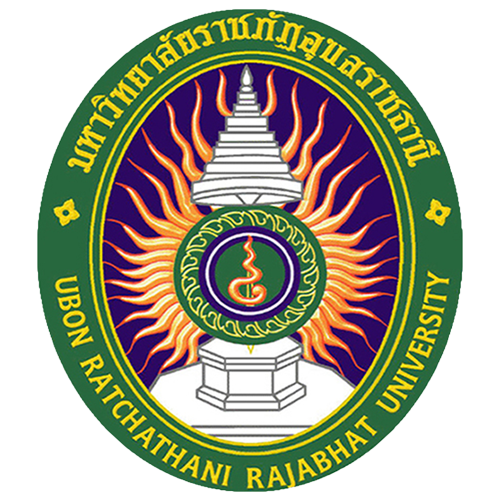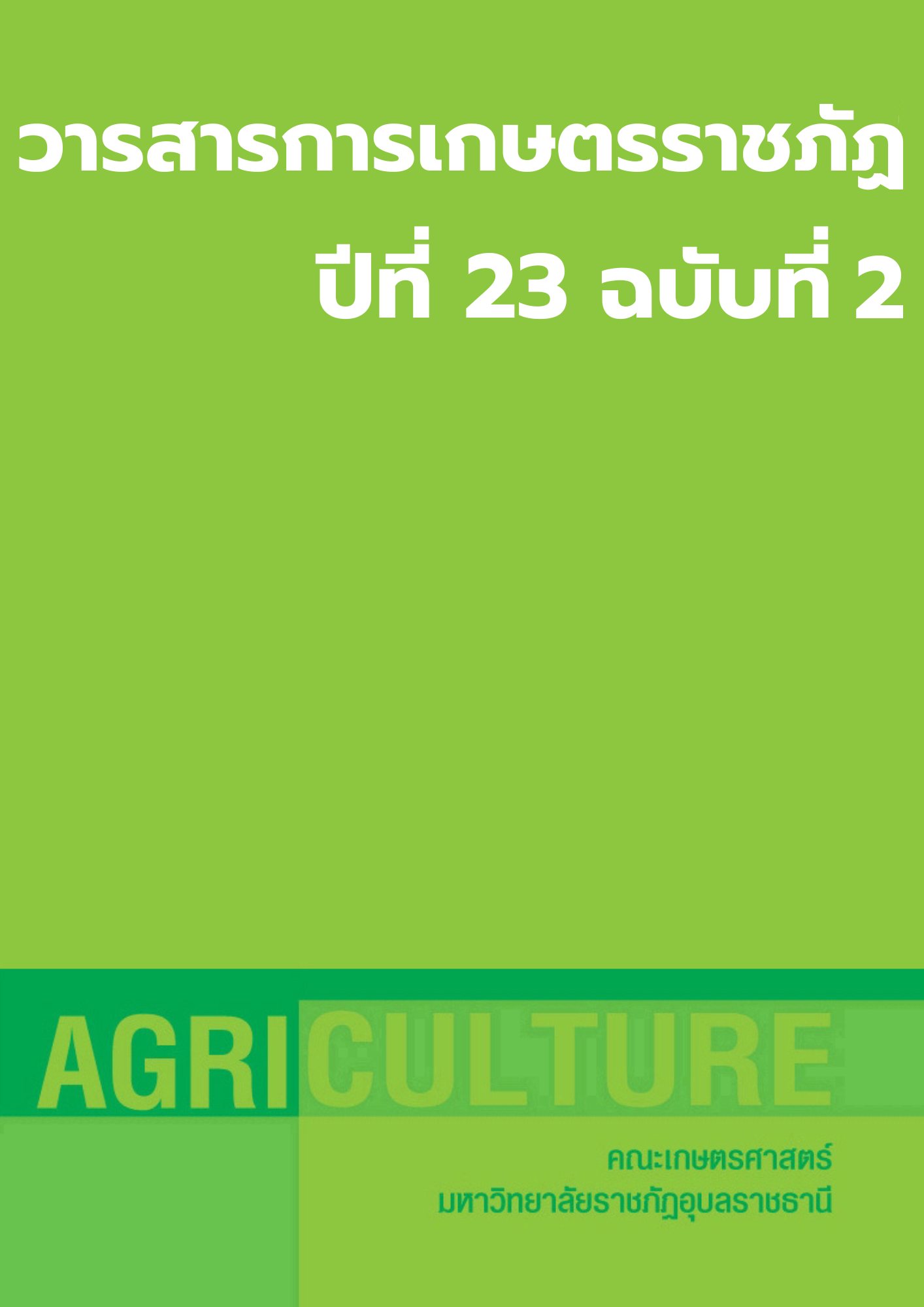Technology Transfer on Digital Marketing for Ban Huay Sai Sericulture Community Enterprise, Na Chueak District, Maha Sarakham Province ณิสา นวลมณี ไกรเลิศ ทวีกุล และ ยศ บริสุทธิ์
Main Article Content
Abstract
A study on the transfer of digital marketing technology the Ban Huai Sai Mulberry Growing and Sericulture Group, Na Chueak Subdistrict, Na Chueak District, Maha Sarakham Province. The objectives were (1) to study the context of the community enterprise of the Ban Huai Sai Mulberry and Sericulture Group (2) to study the development of curriculum and transfer of digital marketing technology (3) to evaluate the transfer of digital marketing technology (Digital Marketing) of Member of the community enterprise group growing mulberries and raising sericulture at Ban Huai Sai. The research used mixed method research. The target group of the study was community enterprise members of the Ban Huai Sai sericulture group. There were 38 members in total, divided into 8 committees, 30 members, using the purposive sampling. Data collected by Semi – Structure Interview had been used for interview sample community enterprise members. Research tools include: Close – ended question and Open – ended question. The results of the study found that Farmers in Ban Huai Sai joined together to request registration of a community enterprise in 1992, carrying out activities of growing mulberries and raising sericulture. There were a total of 25 rai of mulberry plots, with 38 members. Activities were included growing mulberries, raising silkworms, processing silk yarn into products such as Mudmee silk, sarongs, and loincloths. All members were female, with an average age of 56 years. Most have graduated from primary school. The main occupation was farming. Most members had a smart phone But these have not been used for marketing. Therefore, curriculum training had been developed, the topics as followed: (1) Marketing (Marketing) (2) Digital Marketing (Digital Marketing) (3) Application and use. After receiving the digital marketing technology transfer, it was found that the knowledge evaluation results after the technology transfer were at a high level ( =2.96). Sales income increased 15.94 percent per month.


